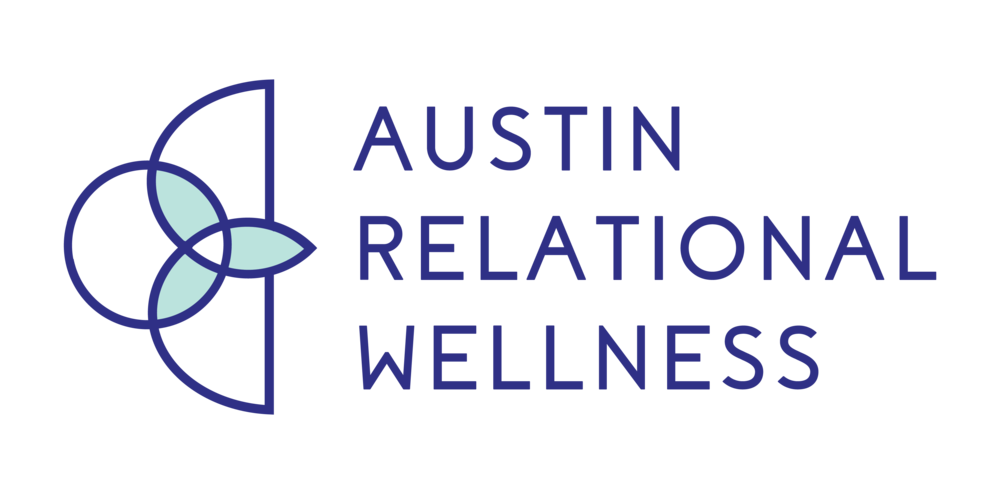As a licensed couples therapist in Austin, one of the most common hurdles we tackle in couples therapy and that I see in relationships in general is the struggle to offer—and receive—a genuine, real apology. Maybe you’ve been there: You or your partner says “sorry,” but the tension doesn’t go away. Or you hear an apology that somehow leaves you feeling even less understood.
You wonder, Why doesn’t that count? Isn’t saying sorry enough?
For many people, the act of apologizing feels vulnerable, confusing, or even threatening. Maybe you didn’t grow up seeing healthy apologies modeled in the relationships or marriages around you. Maybe you equate apologizing with admitting you're a bad person. Or maybe you're not sure what a real apology is supposed to sound like.
Let’s break down what an effective apology is (and isn’t), and walk through some practical tips on how to apologize in a relationship the right way—so your words can actually foster healing, reconnection, and emotional intimacy.
1. Start With Clear, Direct Responsibility
An effective apology names what happened—clearly and without defensiveness.
Example: “I snapped at you during our conversation, and I can see that it hurt you.”
Not: “I’m sorry if I upset you.”
That little word “if” can make your partner feel like their reaction is the problem. When in doubt, drop qualifiers and name your behavior.
2. Acknowledge the Emotional Impact with Empathy
Take a moment to reflect on how your actions made your partner feel. Then say it out loud.
Example: “I imagine it felt really invalidating when I dismissed your concerns.”
This shows that you’re not just checking a box—you’re tapping into empathy and trying to understand their experience. This deepens emotional intimacy and helps your partner feel understood.
3. Avoid Defensiveness and Excuses
It’s tempting to justify your actions, especially if you didn’t mean to hurt your partner. But remember: intent does not cancel out impact.
Example: “Even though I was feeling overwhelmed, it wasn’t okay to take it out on you.”
Not: “I was just stressed. You were being really intense.”
Responsibility and context can co-exist. A good apology owns what happened and saves the explanation for later, if your partner asks for it.
4. Express Genuine Regret
Let your partner know that you care about the hurt your actions caused—not just that it caused conflict, but that it hurt them personally.
Example: “It really bothers me to know that I made you feel alone. That’s the last thing I want.”
This is the emotional glue of a meaningful apology. It fosters connection and helps rebuild emotional intimacy and safety.
5. Commit to Change
Even the most heartfelt apology will fall flat if the behavior keeps repeating. Talk about what you’ll do differently next time.
Example: “Next time I feel overwhelmed, I’ll ask for a break instead of shutting down.”
You don’t have to be perfect, but effort matters. Apologies create trust when they’re backed by action. That’s the core of true relationship repair.
6. Give Your Partner Space to Respond
A good apology is not a monologue—it’s the start of a dialogue. After you’ve apologized, give your partner a chance to express how they feel. Don’t rush to move on or expect instant forgiveness.
Example: “Is there anything else you want me to understand?”
TL;DR: How to Apologize in a Relationship the Right Way
An effective apology has five key ingredients:
Clarity – State what you did.
Empathy – Acknowledge the hurt.
Ownership – No excuses or blame.
Regret – Show you care about the impact.
Repair – Commit to doing better.
A real apology isn’t just about saying the words—it’s about taking ownership, showing empathy, and making the other person feel seen and valued. Sincere apologies don’t just fix problems—they build emotional intimacy.
They say: I see you. I hear you. You matter to me.
If you or your partner struggle with apologies or with communication in general, couples therapy can be a safe space to explore these patterns and build new ones.
Looking for Austin couples therapy? We're here to help you reconnect.
Article by Licensed Couples Therapist, Emily Ilseng, MA, LMFT
Offering Couples Therapy in Austin, Marriage Counseling for Emotional Intimacy & Individual Therapy for Relationship Problems






































